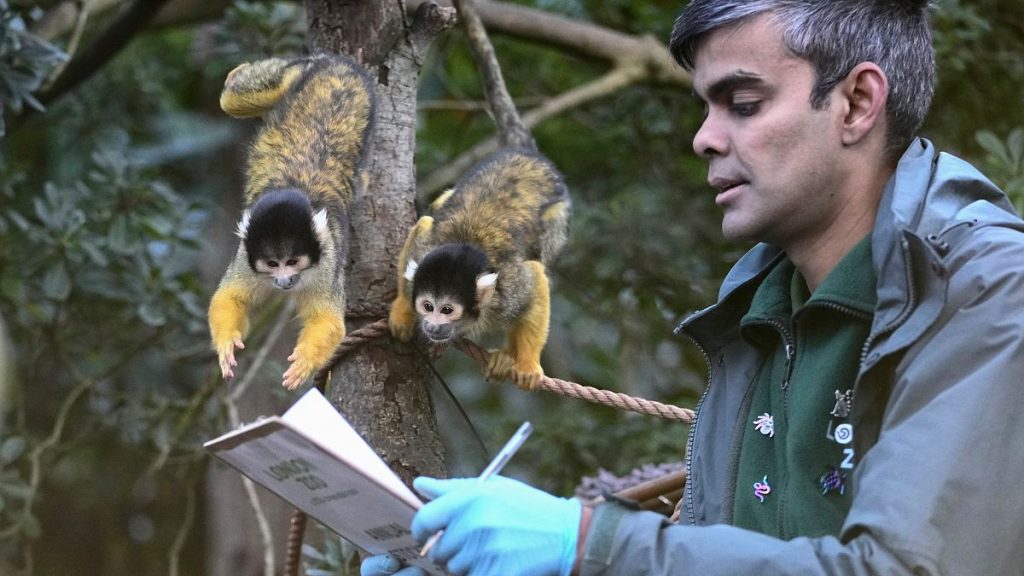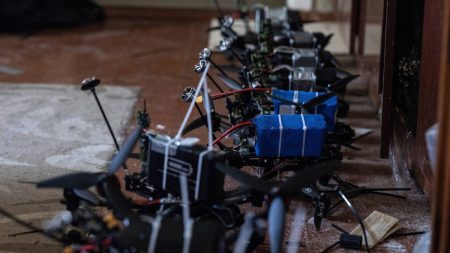The yearly stocktake at London Zoo is more than just a headcount; it’s a vital contribution to global conservation efforts. This comprehensive census, a mandatory component of the zoo’s license, meticulously documents every resident, from majestic mammals like gorillas and lions to the smallest invertebrates, creating a detailed record of the zoo’s 10,000-plus inhabitants. This data isn’t confined to London; it’s shared internationally, becoming a crucial resource for zoos worldwide in managing breeding programs for endangered species. This collaborative approach underscores the modern zoo’s role as a key player in conservation biology, moving beyond mere exhibition to active participation in preserving biodiversity.
The strength of this collaborative network lies in its ability to track the lineage of individual animals, creating a comprehensive “genetic pathway.” This detailed information, including ancestry and representation within the captive population, empowers zoos to make informed decisions about breeding, ensuring genetic diversity and minimizing the risk of inbreeding. This scientific approach to animal management is a cornerstone of modern zoological practice, enabling responsible breeding that strengthens the long-term viability of vulnerable species. The sharing of this genetic information across institutions emphasizes the interconnectedness of the global conservation community, fostering a collective effort to protect endangered species.
2024 proved to be a particularly fruitful year for London Zoo, marked by the arrival of several significant newborns. Two baby gorillas, Juno and Venus, joined the troop, adding to the precious population of these critically endangered primates. Their birth is a testament to the zoo’s dedication to gorilla conservation, providing a safe and nurturing environment for these vulnerable infants. Adding to the excitement were three Asiatic lion cubs – Mali, Syanii, and Shanti – further bolstering the zoo’s contribution to the preservation of this endangered species. The arrival of these cubs signifies the success of the zoo’s breeding program and highlights the importance of captive breeding in safeguarding the future of Asiatic lions.
Beyond the charismatic megafauna, the zoo’s census also encompasses the smaller, yet equally important, residents. Eleven penguin chicks, perpetual crowd favorites, added to the zoo’s bustling avian population. These adorable additions contribute to the overall health and diversity of the penguin colony, ensuring its continued success. Less conspicuous, but no less significant, were the 53 new Darwin’s frogs, named in honor of the renowned naturalist. These amphibians, native to Chile, arrived as part of a concerted effort to save the species from a deadly chytrid fungus that threatens their survival in the wild. Their presence at the zoo underscores the institution’s role in providing a refuge for species facing imminent threats in their natural habitats.
The task of counting every individual animal presents unique challenges, particularly when it comes to the zoo’s diverse invertebrate population. While cataloging large mammals is relatively straightforward, the sheer number and variety of invertebrates necessitate a different approach. Among these tiny creatures is a newly established hive of honeybees, a bustling community that, for the purposes of the census, is counted as a single unit. This pragmatic approach to counting acknowledges the complex social structure of the hive while still recognizing its importance within the zoo’s ecosystem. The inclusion of invertebrates in the census highlights the zoo’s commitment to understanding and preserving the full spectrum of animal life.
The annual stocktake at London Zoo is a microcosm of the wider efforts to conserve global biodiversity. It exemplifies the shift in the role of zoos from mere exhibition spaces to active centers of conservation research and breeding programs. The data collected, meticulous and comprehensive, becomes a vital tool in the collaborative effort to protect endangered species worldwide. From the birth of iconic gorilla infants to the establishment of a new beehive, each individual counted contributes to the understanding and preservation of the intricate web of life on our planet. The census is a reminder that every creature, large or small, plays a crucial role in the ecosystem and that their continued existence is intertwined with our own.










